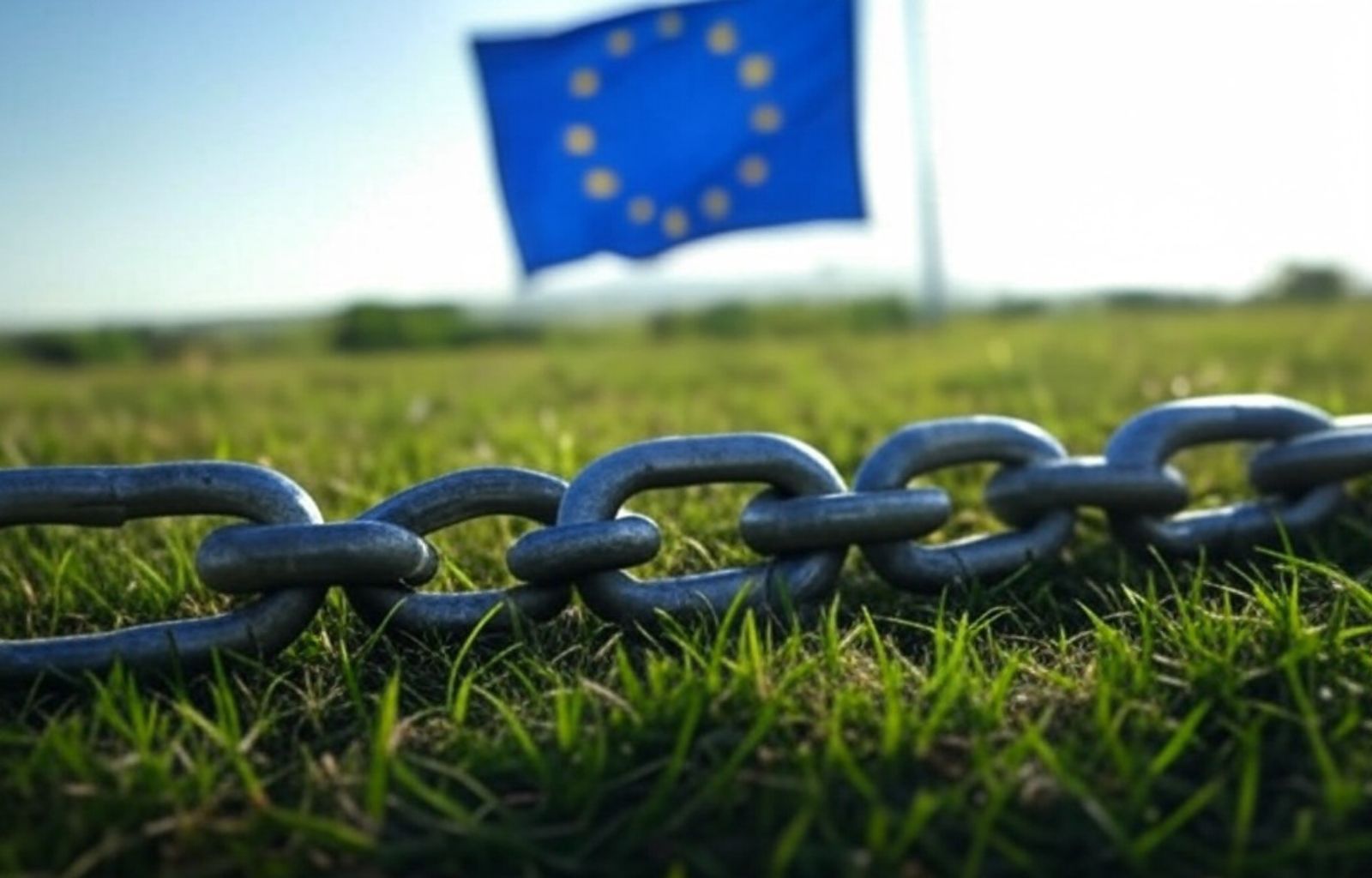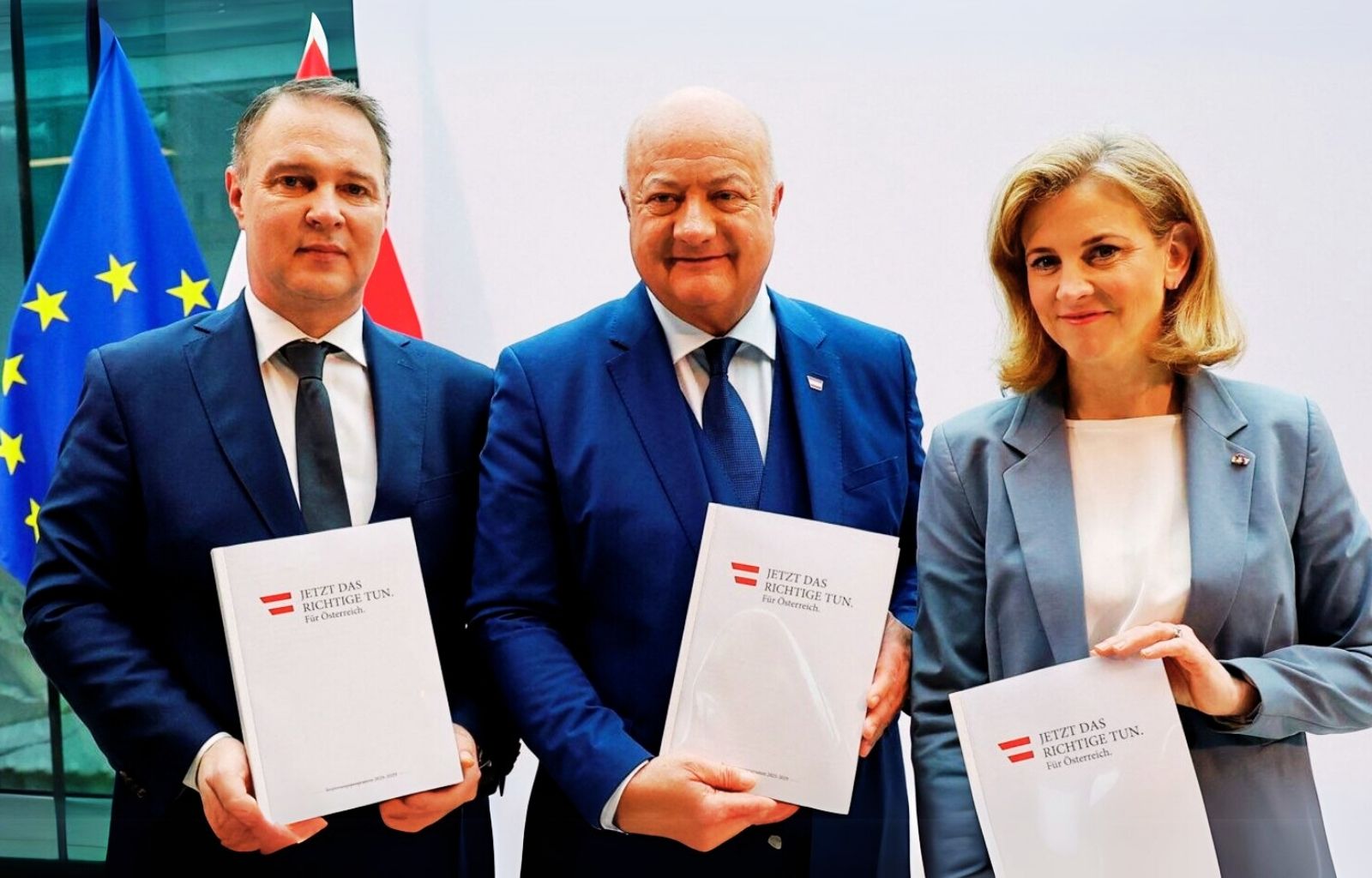Completing the internal market: the answer to Trumpian tariffs

In an era marked by the return of barriers, tariffs and protectionism, the strongest and most pragmatic response the European Union can offer the world is to finally complete its unfinished project: the single market. The recent Draghi Report on European competitiveness has lucidly highlighted an often forgotten truth: Europe has not yet fully realised its internal market. Remaining barriers between Member States are a brake on growth, innovation and economic resilience. And, in the increasingly hostile international environment, they represent an additional vulnerability.
The return of protectionism in the United States has the effect of a systemic shock for global trade: multilateral rules are faltering, and Europe must choose whether to simply defend itself or to seize the opportunity to strengthen itself. True European sovereignty comes from removing the obstacles that still hamper the functioning of its own internal market.
The barriers that still divide us
The European single market has undoubtedly been one of the greatest successes of the integration project, but it remains incomplete. Differences in regulations and technical standards continue to complicate life for businesses and consumers.
A manufacturer of medical devices, for example, has to adapt to different requirements between Italy and Germany. The same goes for a Polish manufacturer of insulation panels, which has to demonstrate different fire resistance in France. These discrepancies are repeated in all sectors: more bureaucracy, more costs, less competitiveness.
Even in the food sector, differences multiply: a French producer of organic biscuits has to relabel his products to sell them in Spain, adapting to local rules on languages, allergens or nutritional values, despite a common European regulation. Fragmentation also extends to the much-discussed automotive sector: a manufacturer of car components encounters different approval requirements from country to country, which slows down marketing and increases the price of the finished product.
In the cosmetics sector, a Portuguese manufacturer faces additional demands in Sweden, such as local dermatological tests, even after registering its products in the European portal. And in the alcoholic beverages sector, a Belgian brewery has to deal with different excise duties in each state.
These seemingly technical examples are actually the litmus test of a market that is not yet truly ‘unique’. Every barrier is a brake on competition, on innovation, on consumers’ freedom of choice.
Tax, services and digitisation: the knots to unravel
Tax chaos is one of the most insidious barriers. The absence of a truly unified VAT system forces businesses to disentangle different national regulations, slowing down trade and discouraging SMEs. A single European digital system for cross-border taxation would reduce administrative costs and facilitate business expansion.
In the services sector, which accounts for over 70% of European GDP, fragmentation is even more serious. An architect, a lawyer or an accountant often face obstacles in getting their qualifications recognised in other Member States. Truly liberalising this sector would mean creating opportunities for millions of professionals and lowering costs for citizens.
To complete the picture, there are language and administrative barriers, which weigh particularly heavily on small companies. Digitising and standardising processes, with multilingual forms and interoperability between systems, would be a silent but decisive revolution. And we cannot forget infrastructure, both digital and physical: the disparity in 5G connectivity and logistical links penalises the most peripheral regions and limits the fluidity of internal trade.
Public procurement and national protectionism
In the name of ‘national preference’, some Member States continue to favour local suppliers in public procurement, more or less explicitly. This undermines the principles of the single market, restricts competition and prevents the most innovative companies from emerging. We need more binding common rules, more transparency and more effective control mechanisms.

A true European strategy for a stronger Europe
Completing the internal market is a political choice. A choice that requires vision and will: it means putting the general interest of Europe before that of individual groups and corporations. The general over the particular. Instead of chasing the rhetoric of protectionism, Europe can choose the path of competitiveness through integration: less bureaucracy, more economic freedom, more opportunities for citizens and businesses.
The completion of the European single market is today the first and most concrete strategic response to the global challenge posed by Trumpian protectionism. It is the key to strengthening our economic and political sovereignty and to making Europe a protagonist and not a spectator in the new global order.
It is time for the European Union to show, with facts, that being European really means being able to innovate, produce, sell, work and buy anywhere with the same rules and equal rights. Only then will we truly be a Union.











